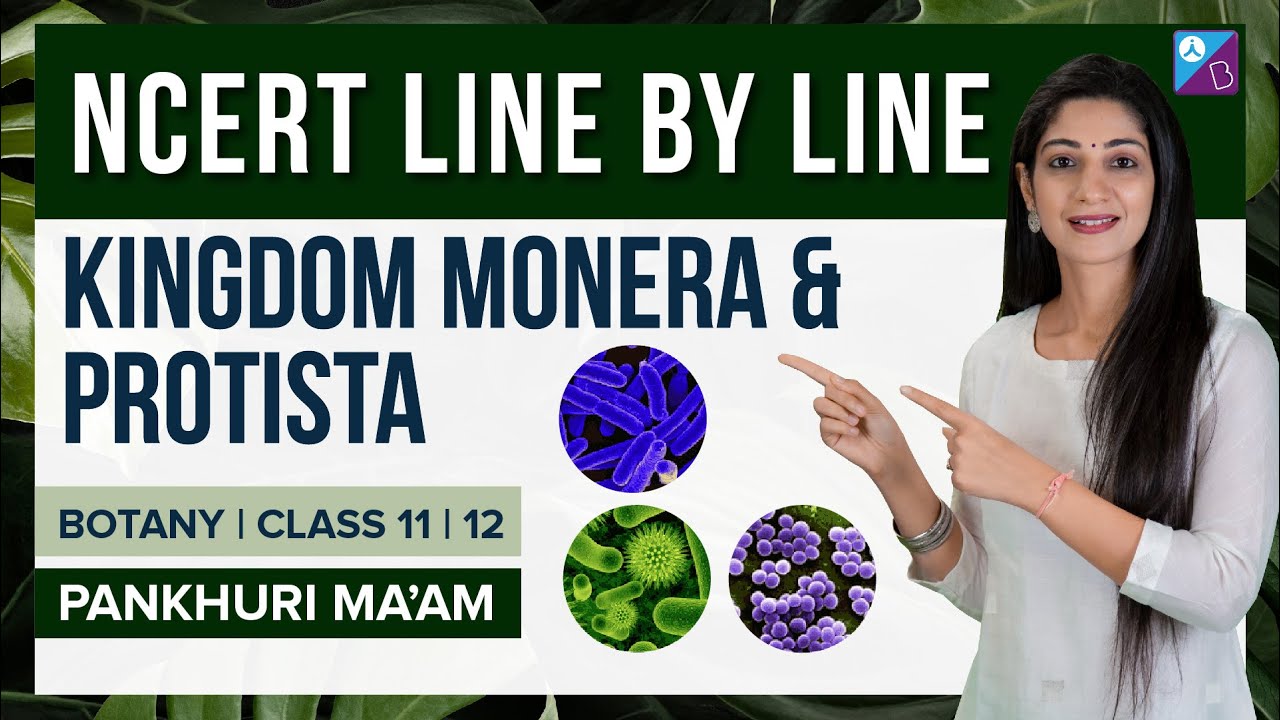Fungi and Protists are lower-level entities that are categorised into the Kingdom Fungi and Kingdom Protista, respectively. Mostly, Protista is a unicellular entity, and fungi are multicellular. Protists have plant-like, animal-like and fungus-like species. They evolved into other kinds of eukaryotes, which include Fungi. Fungi are eukaryotic entities that cannot synthesise their own food usually. They must absorb nutrients from decaying matter.
Protista
- These are unicellular entities having protective cell walls
- Usually, these are autotrophs preparing their own food, and some use parasitic, saprophytic or heterotrophic modes of nutrition
- They are minute and microscopic
- There are three kingdoms of Protista – algae, molds and protozoans
- Protozoans are animal-like unicellular entities of the protists (Types of protozoans – Ciliophora, Amoebozoa, Flagellata, and Sporozoa), while algae are plant-like. There are two types of molds – water molds and slime molds
- Sexual reproduction is by the production of gametes

Fungi
- These are multicellular entities
- They exhibit cell walls but in the absence of cellulose
- They depend on others for their nutritional requirements and cannot prepare their own food – heterotrophs
- They are visible to the naked eye
- They possess a chitin cell wall and dwell as symbionts with animals and plants. Most of them can be seen on dead matter and in soil
- Sexual reproduction in them is by the process of mating

Key Differences Between Protista and Fungi
The table below depicts the differences between Protista and Fungi.
|
Protista |
Fungi |
| Organisation | |
| Unicellular | Multicellular |
| Visibility | |
| Invisible to the naked eye | Visible to the naked eye |
| Modes of nutrition | |
| Exhibits almost all kinds of nutrition | Exhibits either saprophytic or heterotrophic mode only |
| Cell wall | |
| Seen in some of them | Seen in all (without cellulose) |
| Asexual mode of reproduction | |
| Binary fission | Spore formation |
| Septa | |
| Absent | Present. It separates fungal hyphae into compartments |
| Types | |
| Algae, molds, Protozoans | Seven phyla of fungi |
| Example | |
| Amoeba, slime moulds, Green algae, dinoflagellates | Yeast, Mushroom, Penicillium |
You read some differences between Protista and Fungi. For more such articles, visit us at BYJU’S NEET.
More Here:
Comments